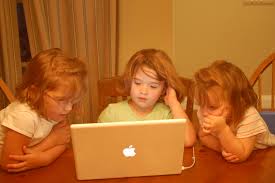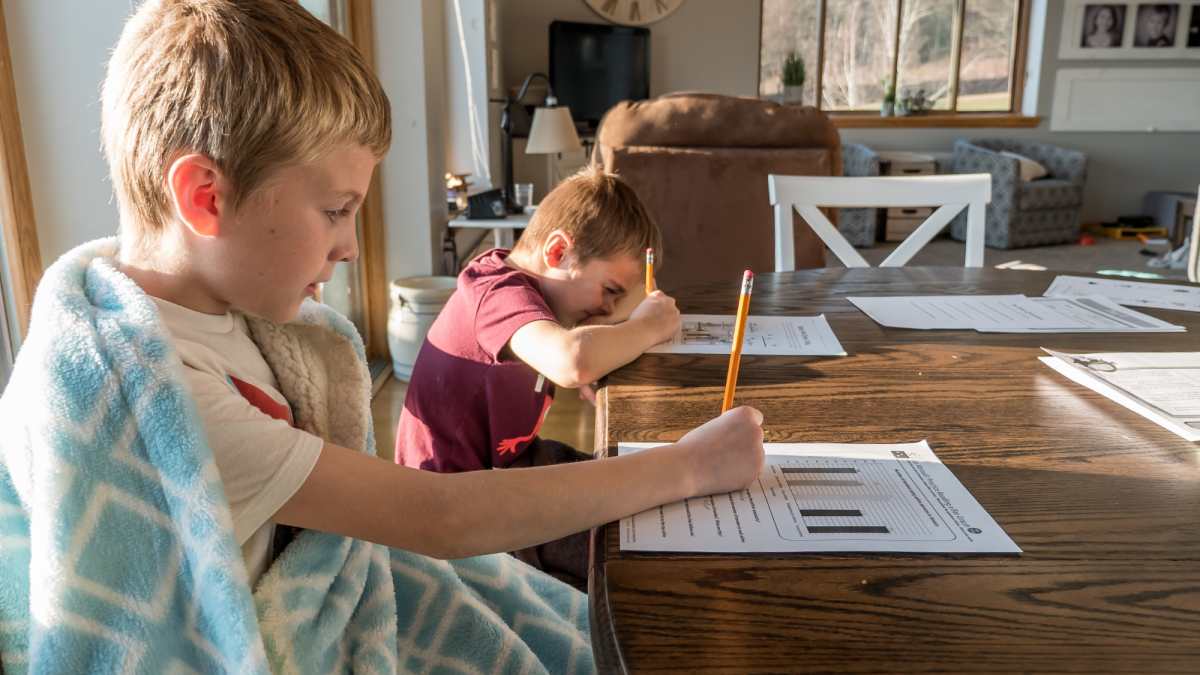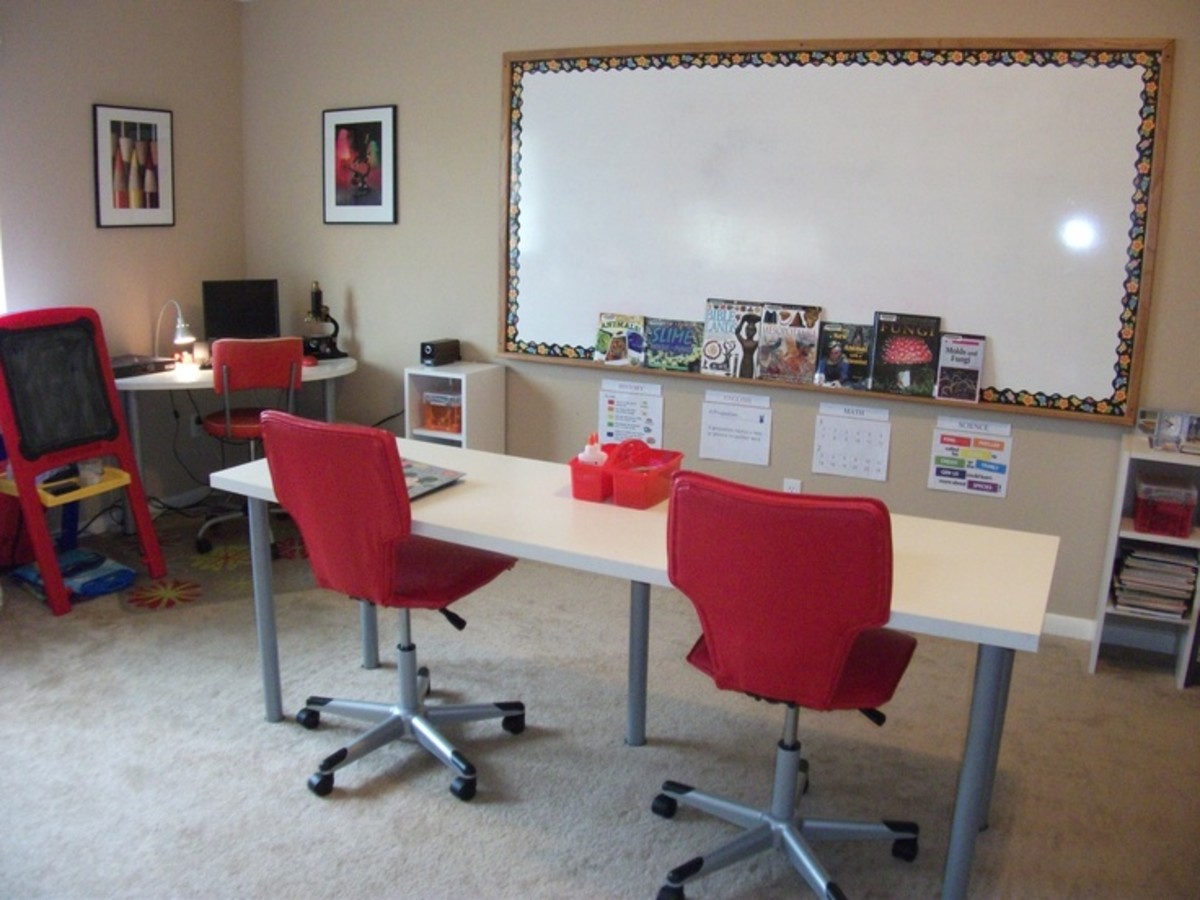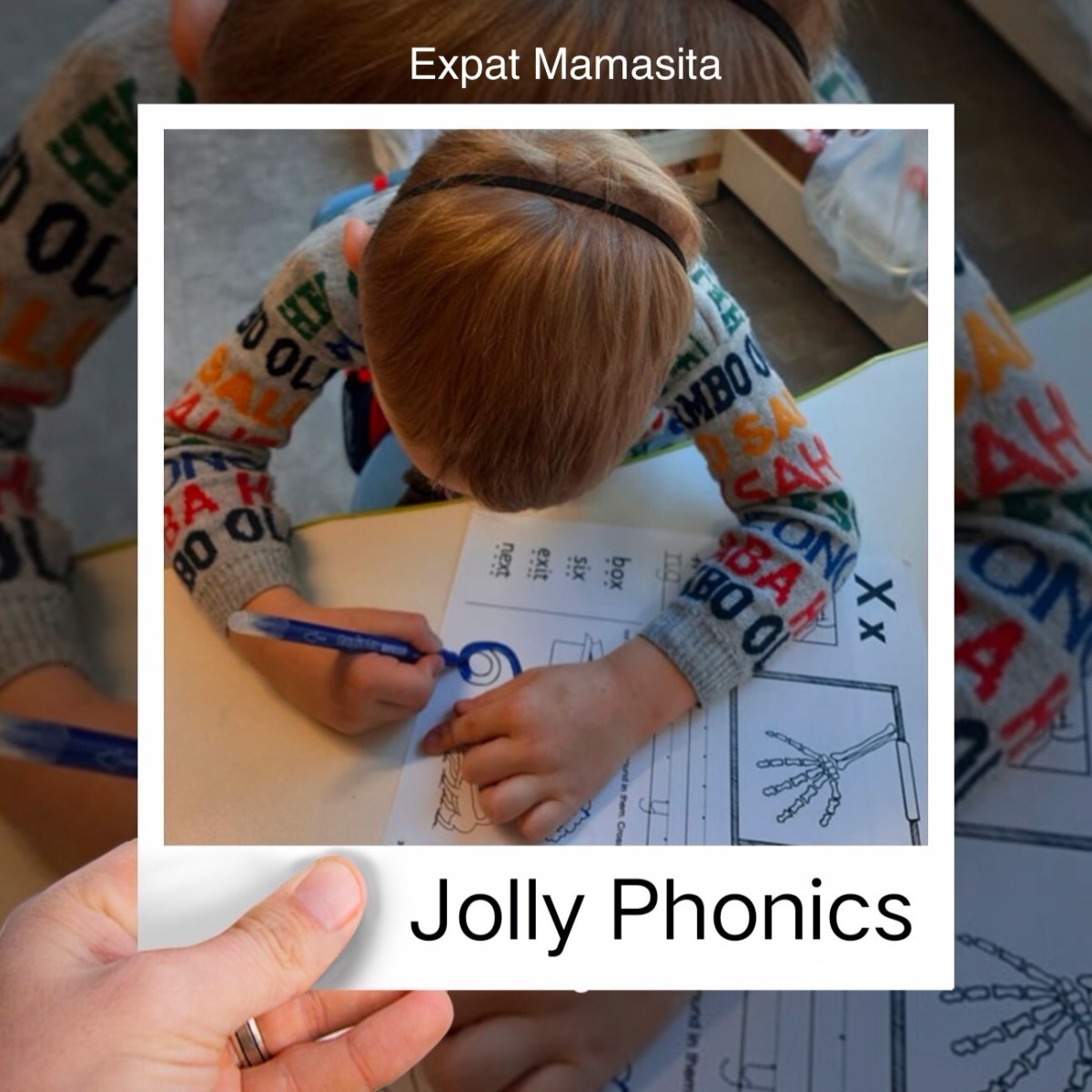How to Choose the Right Online Learning Program for Your Child
Distance Learning: Is it Right for My Child?
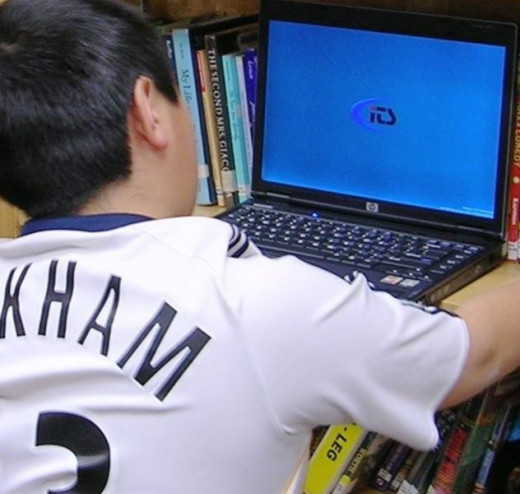
Kids, School and the Digital Age
Today’s world presents its own unique challenges when it comes to raising children. Being a parent in the digital age is no easy task. Trying to decide on appropriate family data plans, keeping kids from being cyber-bullied and deciding on when to access your child’s social media are common issues today’s parents confront just to name a few. Here’s one more. What about school? What option would be best for my child? How will I be able to tell? It’s easy to get overwhelmed as a parent with the wide variety of choices out there. One choice students have which parents may want to consider in the digital age is Distance Learning. In his study, Distance Learning: Promises, Problems, and Possibilities, Dr. Doug Valentine finds that "Increasing numbers of students enrolling in distance learning classes underscore the need for comprehensive and thoughtful evolution of distance education if it is to become the educational model of the future". It can't be overstated that the world of distance learning changes exponentially. For example, in the very first years of the 21st century, distance learning students were able to log onto computers and take distance learning classes that were essentially all text based with a few hyperlinks and graphics. When we fast forward less than 15 years, students are now able to take classes simply by loggin onto their cell phone. The learning experience doesn't stop there. Today's distance learning students have the ability to participate in highly sophisticated virtual labs, videoconference and even utilize an online interactive whiteboard online collaboratively with their fellow classmates in real time.
Distance Learning Defined
Although some sources date Distance Learning all the way back to the invention of writing itself, we will define Distance Learning in the following manner. According to Webopedia.com, Distance Learning or E-Learning as it is often referred to, can be defined as “A type of education, typically at the college level, where students work at their own home or at the office and communicate with faculty and other students via email, electronic forums, videoconferencing, chat rooms, bulletin boards, instant messaging and other forms of computer based communication.” The definition however, doesn't begin to adequately reflect an all encompassing picture of today's distance learning landscape. A definition is a good starting place. Doing research on the programs that currently exist, considering their pros and cons would be the next step.
Blended Learning
As choices in distance learning continue to increase, new models of instruction continue to appear. One such model is that of blended learning. Blended learning, simply put, is a combination, or blend, of traditional instruction with online instruction. Students are with a teacher in person part of their instructional day and another part of the day, they are doing assignments online, interacting with their classmates and or the teacher. One of the benefits of the blended model is that it encourages what some educators call the “Gradual Release of Responsibility” model. The model works like this.
- The teacher demonstrates to the class a specific skill
- The teacher and student do the skill together
- The students do the skill on their own.
Another way to think of this is “I (meaning the teacher) do. We(teacher and student) do. You (student) do. It is in this way that the teacher gradually releases responsibility to the students.
The Flipped Classroom
Another model that is extremely popular in distance learning is the flipped classroom. To truly appreciate the flipped model, think back to what you think of when you imagine the traditional classroom. Typically, people think of a teacher in the front of a room giving a lecture on a topic. Finally, when the class is over, students go home and do homework. The homework could be a special project, math problems, or a wide variety of other assignments. Now let’s flip that model. Students go home and view lectures online and come to school to work on project based on what they learned from the lectures.
YouTube via Creative Commons
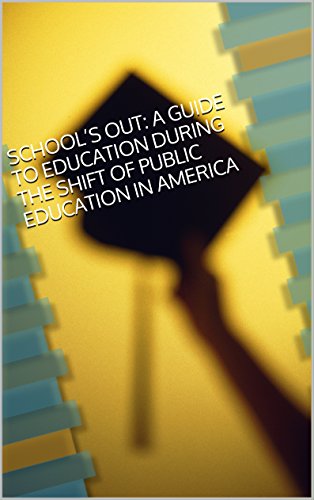
Consider This
Here are some points to consider when thinking about distance learning as an option.
Distance Learning programs are not created equal
Throughout the United States, there are countless distance learning providers who offer a wide variety of classes and quality. For example, the Arizona Department of Education conducted an audit of all of the distance learning programs in the state and found that 7 of 15 distance learning programs lacked “Academic Integrity” [1](Table 9 pg. 44)
In order to consider whether or not a particular program is right for your child, consider your child first. In other words, in what environment does your child tend to thrive? Is your child typically self-motivated? This is point can’t be overstated. If your child isn’t self-motivated enough to turn in work without you having to remind him constantly, or if your child isn’t willing to be proactive and seek help from his online teacher when he needs help, distance learning may not be for him
Be sure all the instructors are “Highly Qualified”: This term refers to a designation from the Department of Education. Simply put, a teacher is highly qualified when specific criteria that each state outlines has been met in order to help ensure teachers have at least some degree of proficiency. This criteria varies from state to state. Some distance learning programs have teachers that are not highly qualified, which may cause issues down the road if the student would ever want to transfer. It’s also a good idea to find out where geographically your child’s teachers would be located. For example, if you live in Arizona and enroll your child in a distance learning program that’s national, the teachers may in fact be in Oregon, Pennsylvania or anywhere for that matter. You’ll also want to find out if students are required to be online at a certain time during the day or do they have more flexibility. Here again, the answer depends on which program you register your child for.
Keep the goal in mind of preparing your child for the next level by ensuring he has the skill set to be successful. This will save you a great deal of aggravation. Let’s say your student is ready for high school and wants to attend an online high school. Let’s also assume the student knows that he’d like to join the Navy once he graduates high school. Contact the Navy i.e. a recruiting office and verify that they (U.S. Navy) will actually take applicants who have their diplomas from the program you’re considering. The same goes for a college or university your child may want to attend. It's always best to contact that particular institution rather than simply taking the word/advice of the distance learning provider. Other questions to ask would be: Does the program offer any AP (Advanced Placement) classes? How are accommodations met for special education students? What if my child needs extra help?
Here's the bottom line. The quality and makeup of Distance learning programs, just like anything else, varies greatly. Making the right decision regarding your child’s education is never easy. However, being able to ask the right questions, doing due diligence and taking an ongoing active role in your child’s education increases the chances that your child will thrive and become a productive citizen in the digital age. Once you have researched the myriad of online options there are for educating your child, you'll be able to make an informed decision and choose which option will work best.
[1] Davenport, Debra Technology Assisted Project-Based Instruction Program Performance Audit pp 44

Summary
Technology brings with it constant change. Information is power. As a parent, you can be the best advocate for your child in choosing what distance learning option is best for your child.
My Child's best learning environment
My child learns best in the following environment
Closing the Digital Divide
